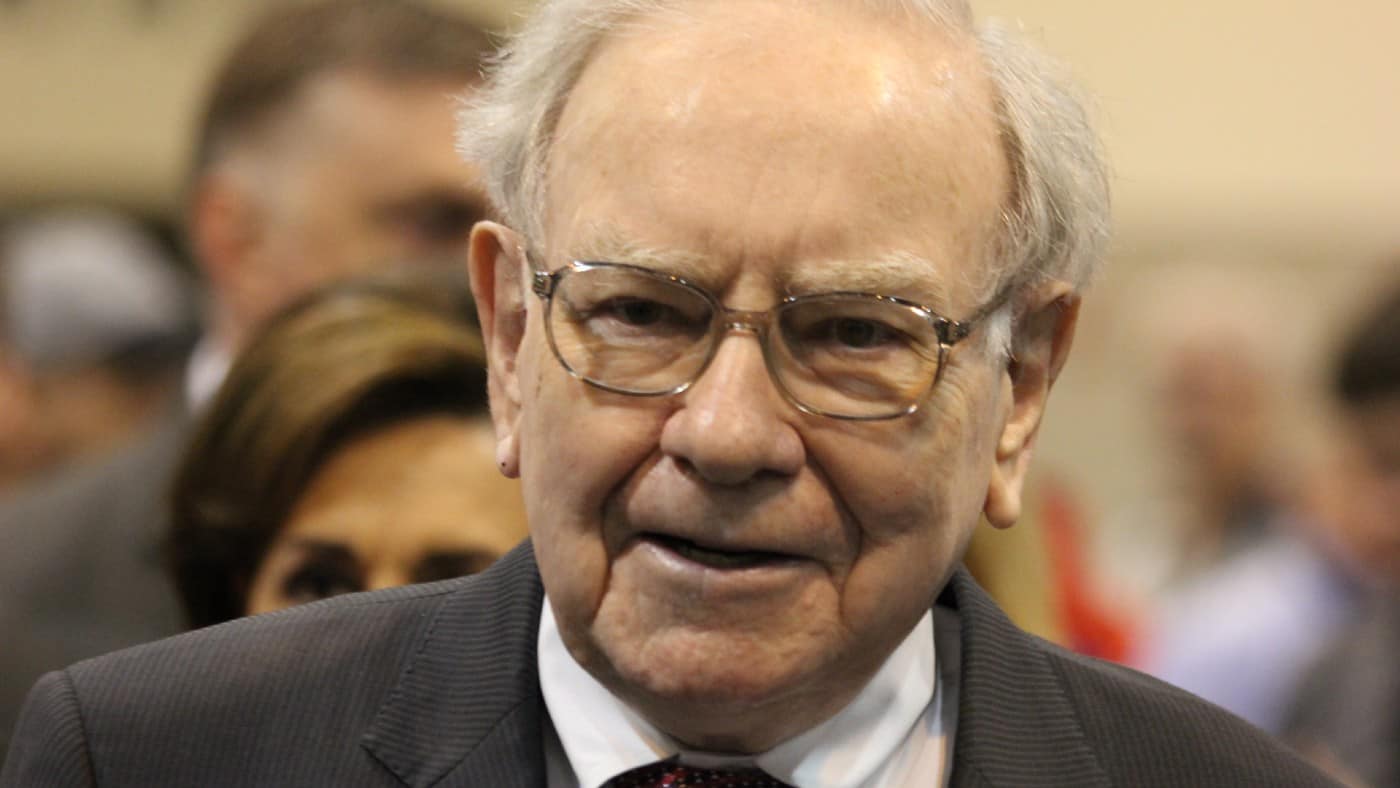Key points
- Warren Buffett has built a large passive income portfolio over the past few decades
- He focuses on buying high-quality growth stocks
- I plan to replicate this strategy to generate income
Warren Buffett is widely praised as being the world’s best investor. He has turned an initial investment of around $100,000 into one of the world’s largest companies, currently edging in on a $1 trillion market capitalisation.
For the most part, Buffett built his fortune acquiring value stocks, but he has also built a vast portfolio of income investments. And it is this income strategy I plan to follow to help develop a passive income stream.
Buffett the dividend investor
Buffett is not a dividend investor per se, but it is a side effect of his strategy. The investor tries to find companies that earn large, sustainable profit margins and return excess profits to investors. As these corporations grow, they can increase shareholder cash returns, becoming income champions in the process.
Should you invest £1,000 in Carlsberg Britvic right now?
When investing expert Mark Rogers has a stock tip, it can pay to listen. After all, the flagship Motley Fool Share Advisor newsletter he has run for nearly a decade has provided thousands of paying members with top stock recommendations from the UK and US markets. And right now, Mark thinks there are 6 standout stocks that investors should consider buying. Want to see if Carlsberg Britvic made the list?
One of Buffett’s most famous investments is Coca-Cola. When he first bought the stock in the late 1980s, the shares supported a dividend yield of around 3%. Over the past three decades, the firm has consistently increased its annual payout as profits have expanded. Buffett’s investment now supports a dividend yield of approximately 50%, thanks to this growth.
And this is the process I plan to use to build a passive income. Rather than focusing on the market’s highest-yielding stocks, I am looking for companies that have the potential to increase their dividends over the next decade or so.
I believe these companies will help me achieve my goal of generating a passive income of £500 a month.
Passive income investments
I think healthcare is one of the most attractive sectors to pursue this strategy. Two of the top income plays in the sector I would acquire include Hikma and AstraZeneca. These stocks currently offer dividend yields of less than 2%. Still, I think there is potential for substantial growth over the next decade as they develop their drug pipelines and customer offer.
Another example is drinks giant Diageo. The stock currently offers a dividend yield below the market average. Yet, with the enterprise forecasting sales growth of between 4% and 6% for the next decade, I think the distribution will rise steadily as we advance.
Of course, there is no guarantee that any of these companies will increase their dividends from current levels. Challenges they could face include rising costs, putting profit margins under pressure. This will reduce the amount of cash available for distribution to investors. Competitive forces may also impact earnings and sales growth.
According to my calculations, to generate a passive income of £500 a month, or £6,000 a year, I will need to build a portfolio worth around £180,000. That is assuming I can earn a yield of about 4% on my investments. Even though the stocks outlined above only yield around 2% on average today, assuming they can grow their payouts by 7% a year, on average, I think it is possible to hit this target.








